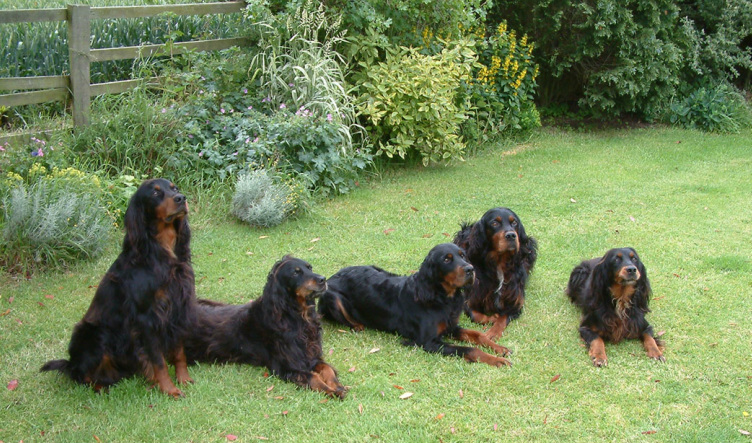 |
| A GORDON SETTER STAMP |
 |
| A DRAWING OF A GORDON SETTER |
 |
| THESE DOGS ARE VERY GOOD COMPANIONS |
Their litter size is 7-9 puppies.Needs space to exercise and needs a well fenced yard. Prefers indoor living and is not recommended for apartments.
 |
| A GORDON SETTER STAMP |
 |
| A DRAWING OF A GORDON SETTER |
 |
| THESE DOGS ARE VERY GOOD COMPANIONS |
This comment has been removed by the author.
ReplyDeleteYou have used my drawing on this blog. It would be nice if you write me about it. Please add a link to my website https://www.etsy.com/shop/CanisArtStudio and my blog http://canis-art.blogspot.com You can find me also by G+
ReplyDeletehttps://plus.google.com/u/0/b/101702500030425500831/+Canis-artBlogspot